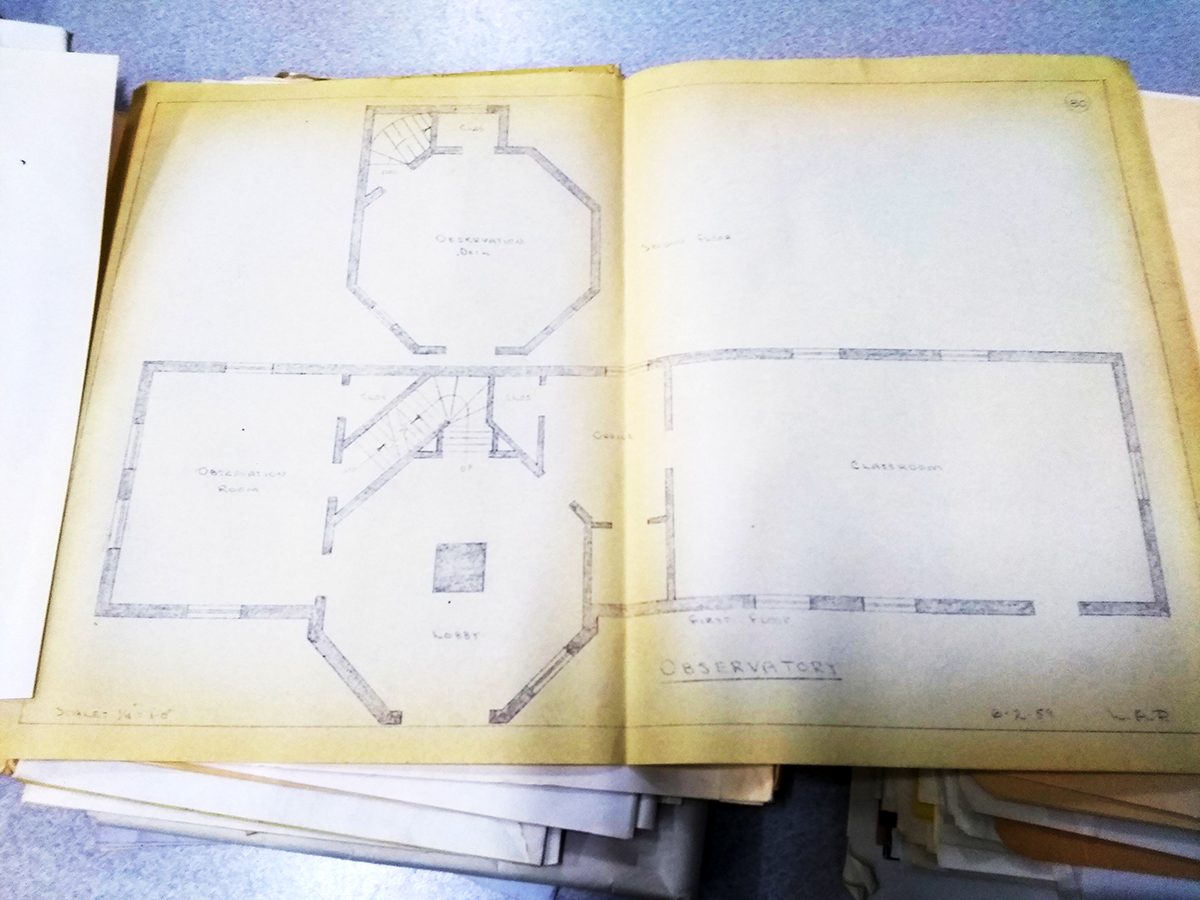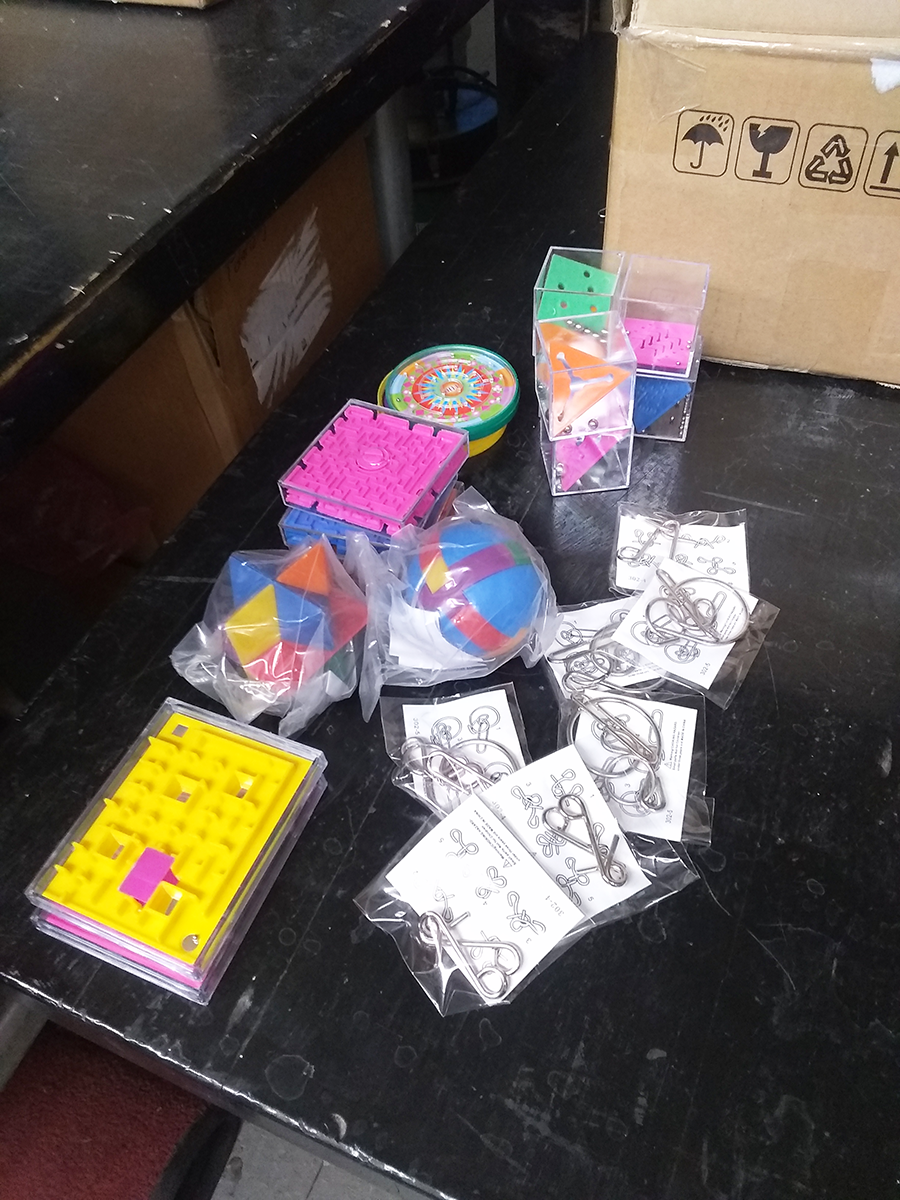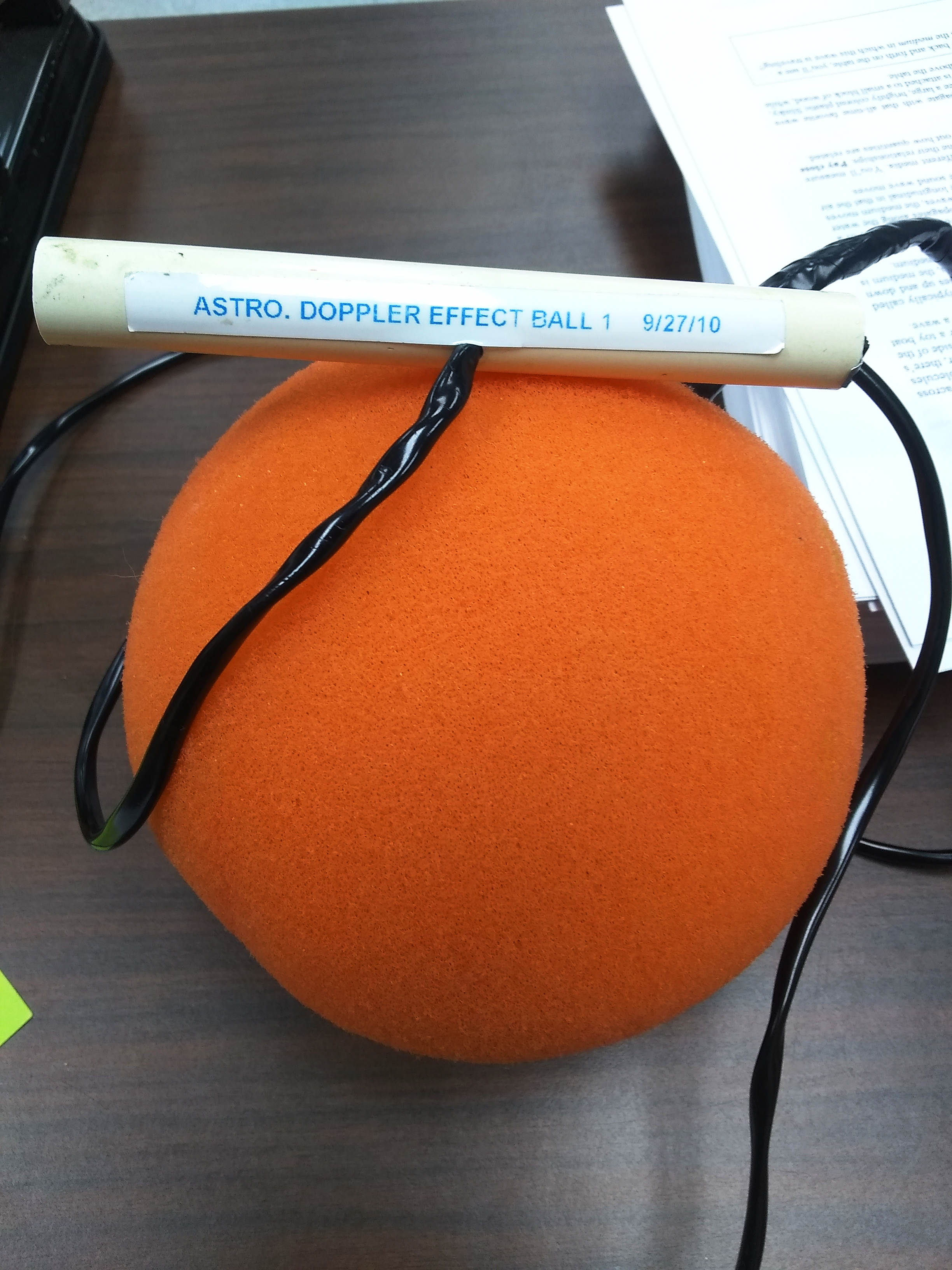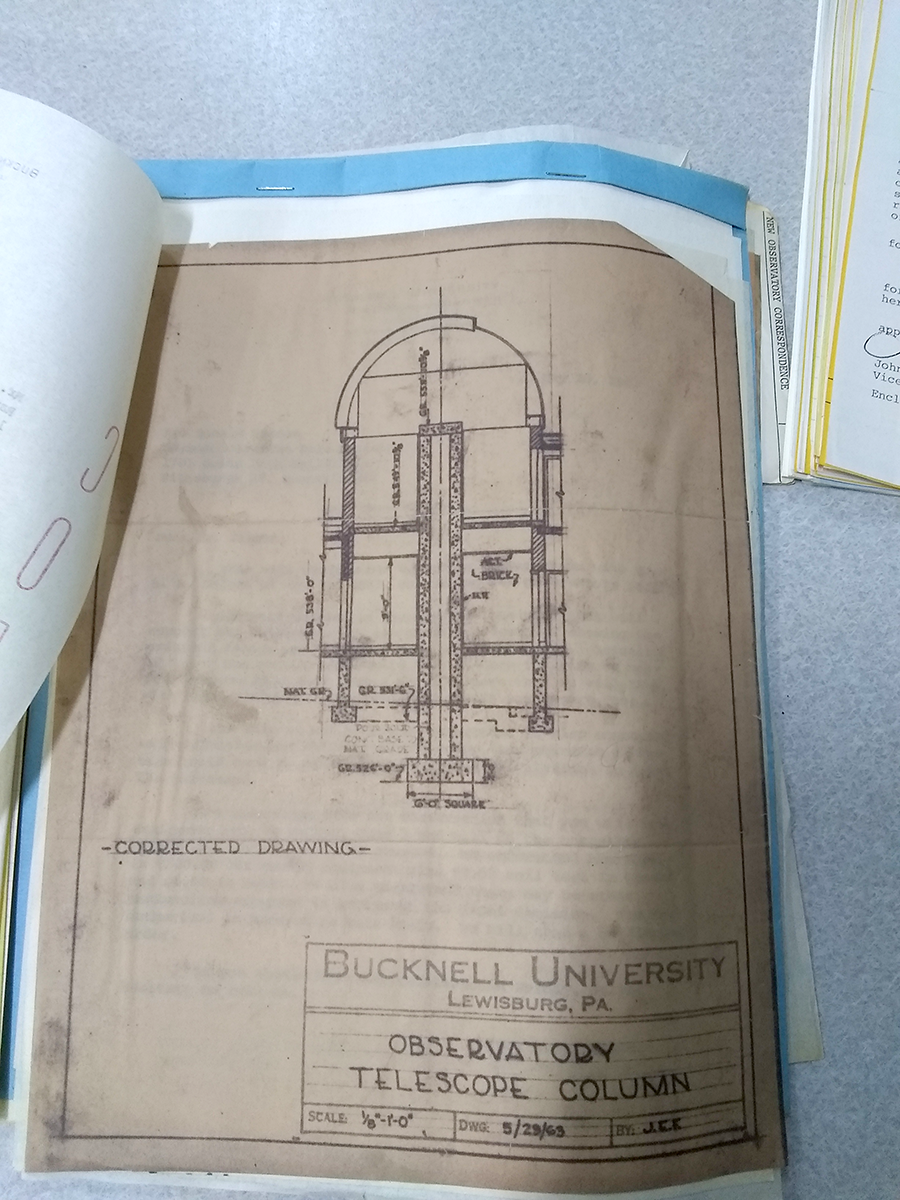
Our Observatory is the second on campus, a replacement for the 1887 original. That one was constructed to house our antique Clark refractor telescope, an early gift from William Bucknell, because it’s really not the sort of instrument you set up on the front lawn when the skies are looking decent.
Here we see the building’s layout as of June, 1959, presumably as discussions were underway regarding the renovations that would begin in 1962. During which one of these walls would collapse, necessitating a relatively hasty pivot to create the current Observatory to maintain the astronomy program. (We’re very grateful for that, sixty years later.)
Should we expect restrooms in an 1889 structure? Which way is north? Did the individual drafting up these plans just not like drawing doors? What’s that unlabeled space “south” of the office? When transitioning a class from the classroom to the observation dome upstairs, do you lead the students through your office or make them go outside? So many questions.




